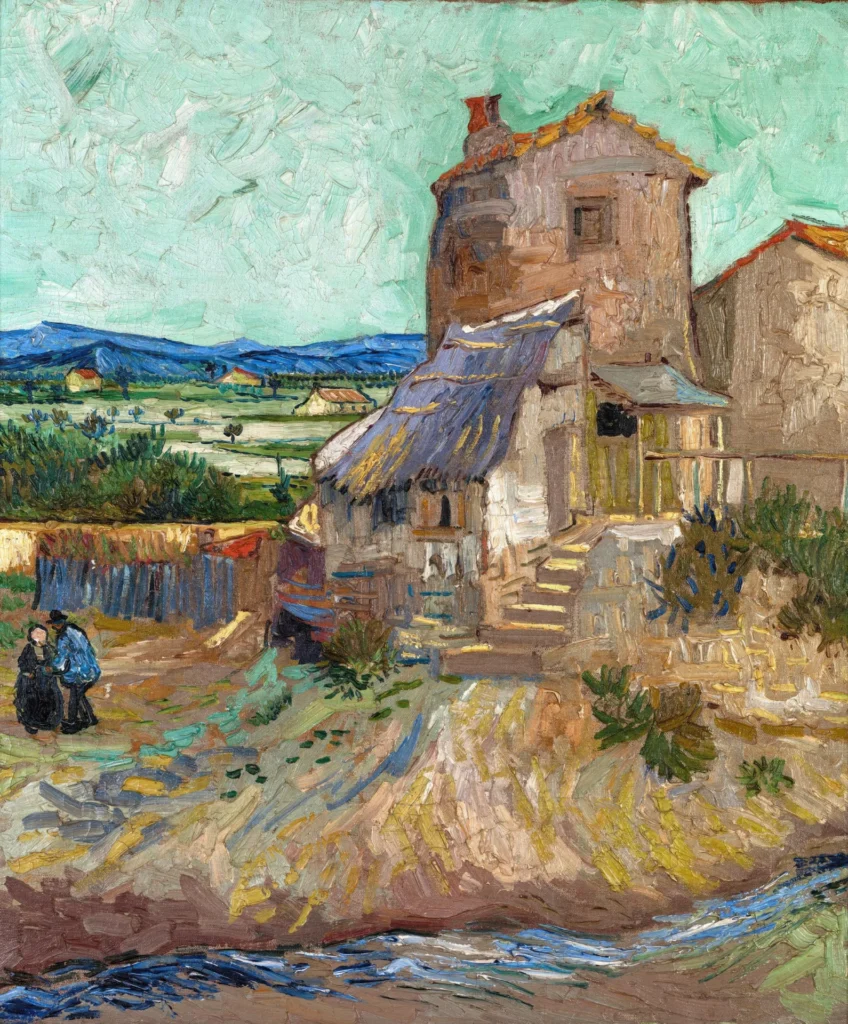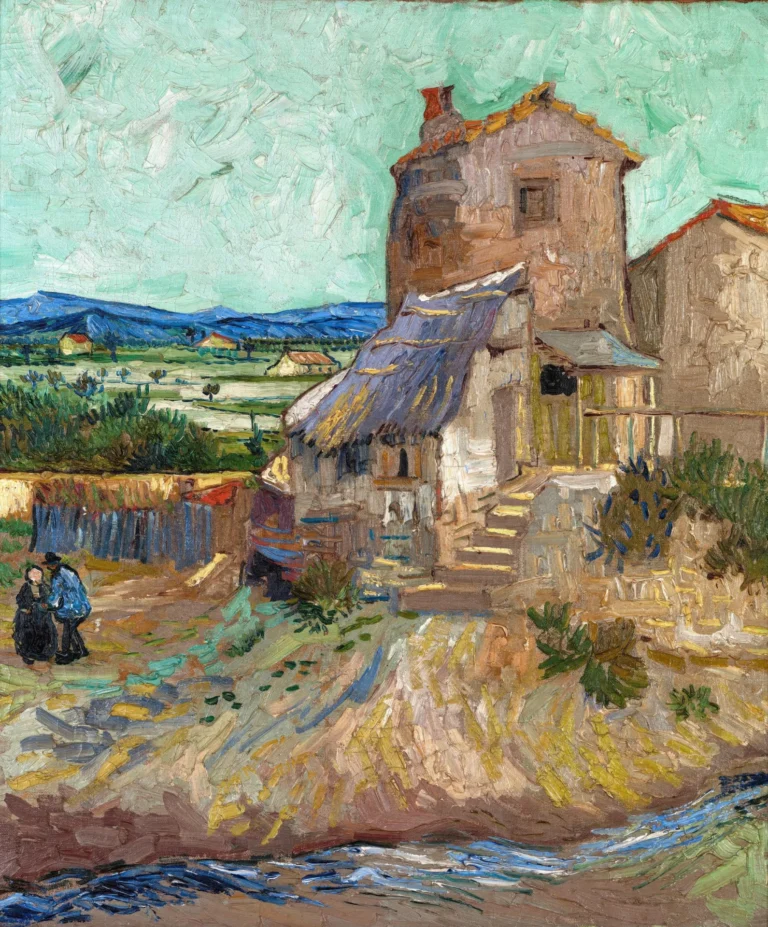La Maison De La Crau (1888)
Painted in February 1888, La Maison de La Crau captures an old mill in the idyllic countryside of Arles, where Vincent van Gogh found a source of inspiration in the southern French landscape. The painting's hallmark lies in its bold colors and expressive brushwork, reflecting Van Gogh's emotional response to the vibrancy of his surroundings. This masterpiece signals a renaissance in his artistic expression, moving away from realism and exploring color's potential beyond mere representation.
February 1888
About the Artwork
La Maison de La Crau serves as a poignant reminder of Vincent van Gogh’s transformative period in Arles, where he sought refuge from the harsh Parisian winter. Drawn to the captivating light and color of the region, Van Gogh produced over 200 paintings in just 15 months. The depicted mill, known as 'tabatière' or 'Jonquet', was a landmark that resonated with the artist, inspiring him to convey his emotional perception of landscape through a liberating palette. Despite the rapid pace of his work, Van Gogh's meticulous brushwork reveals his intuitive understanding of color and form, marking a significant evolution in his oeuvre.
Did You Know
Liked what you see? Add it to your collection.
Enjoyed reading? Share it.
... continued
La Maison de La Crau
Key Points
- Location and Inspiration: Van Gogh was inspired by the vibrant light and colors of southern France, which significantly influenced his work during his time in Arles. He produced over 200 paintings in the 15 months he spent there.
- Subject: The painting depicts an old mill, commonly known as 'tabatière' or 'Jonquet,' which was a familiar landmark in the area.
- Technique: Van Gogh used a thick application of paint, exaggerated angles, and vibrant colors to capture the essence of the scene. This approach was characteristic of his style, where he used color to express his feelings rather than merely to describe the subject accurately.
- Brushwork and Criticism: Despite criticism for working quickly, Van Gogh's careful brushwork is evident in this painting. He varied the direction of his paint to delineate different parts of the landscape, reflecting his thoughtful approach to each piece before beginning to paint.
Style and Influence
Van Gogh's work during this period was marked by a significant departure from realistic representations, instead emphasizing expressive use of color and form. This was part of his broader innovation in freeing color from its descriptive function.
Overall, La Maison de La Crauis a testament to Van Gogh's unique style and his ability to capture the beauty and essence of the landscapes he encountered.










